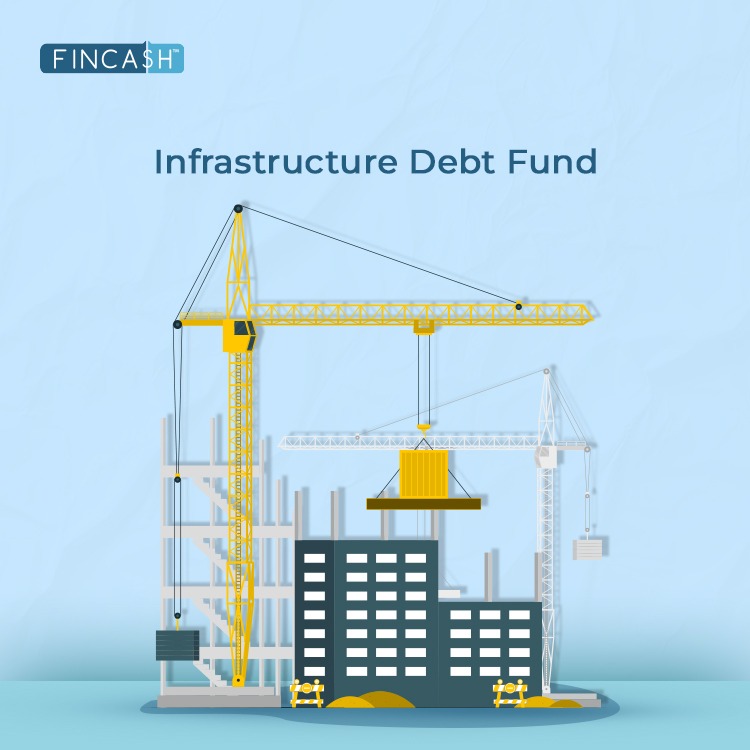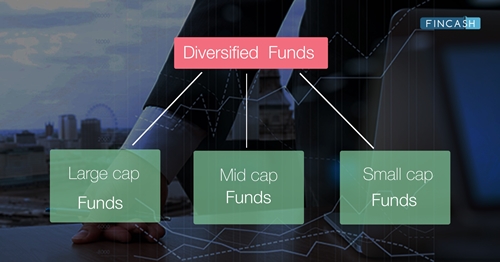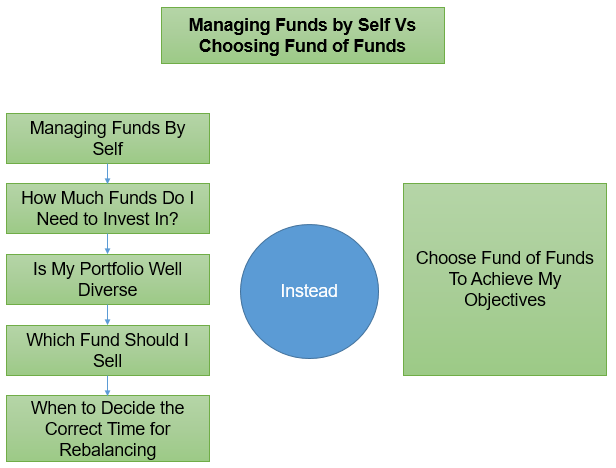What is the Urban Infrastructure Development Fund?
While presenting the Union Budget for 2023-24, the Union Finance Minister Nirmala Sitharaman announced that the Urban Infrastructure Development Fund (UIDF) will be established with an annual budget of Rs. 10,000 crores to improve infrastructure in tier-2 and tier-3 towns.

She mentioned that states would be urged to use funding from the awards of the 15th Finance Commission and current programs to adopt reasonable user fees while accessing the UIDF.
Understanding Urban Infrastructure Development Fund
Like the Rural Infrastructure Development Fund (RIFD), an Urban Infrastructure Development Fund will be established by using the gap in financing to the prioritised sectors. The RIFD will serve as a model for the UIDF, which the National Housing Bank will run. According to the union budget minister, public organisations would use the funds to build urban infrastructure in tier-2 and tier-3 cities.
Understanding Rural Infrastructure Development Fund
The government established the RIDF in 1995–1996 to fund continuing rural infrastructure initiatives. The National Bank for Agriculture and Rural Development (NABARD) examines the fund. The primary goal is to give loans to state governments and state-owned businesses so they can finish ongoing rural infrastructure projects. The loan must be returned within seven years from the withdrawal date, including a two-year grace period, in equal annual instalments.
Talk to our investment specialist
Objective of RIDF
RIDF as the name suggests primarily aims to enable state governments to complete ongoing rural infrastructure projects by providing loans. RIDF was first established using money from commercial banks totalling Rs. 2,000 crore. After then, the entire amount of the grant has increased to Rs. 3,20,500 crores, of which Rs. 18,500 crore is allocated to Bharat Nirman (plan for basic rural infrastructure development). For 30+ activities, NABARD also provides State Governments with RIDF-level financial assistance. Several commercial banks provide funding for a specific time period as well.
Projects Under RIDF
Currently, 39 eligible activities exist under RIDF as per the approval from the Government of India. These activities come under three main categories, as follows:
- Agricultural and related sector
- Society sector
- Rural connectivity
The interest rates paid to banks on deposits made with NABARD and loans disbursed by NABARD from RIDF have been correlated to the Bank Rate in effect.
Here are the eligible activities as per the sectors they belong to:
Agricultural and Related Sector
Under this sector, following are the eligible activities:
- Micro/ Minor irrigation projects
- Soil conservation
- Flood protection
- Waterlogged areas’ development and watershed development
- Drainage
- Forest development
- Marketing, Market Yard, rural haat, mandi, godown infrastructure
- Joint or public sector cold storage at several exit points
- Agricultural, horticultural, or seed farms
- Horticulture and plantation
- Certifying or grading mechanisms and certifying or testing labs
- For the whole village, community irrigation wells
- Jetties or fishing harbours
- Riverine fisheries
- Animal husbandry
- Modern abattoir
- Mini or small hydel projects
- Medium irrigation projects
- Major irrigation projects (sanctioned already and currently under development)
- Village knowledge centres
- Coastal areas’ desalination plants
- Information Technology infrastructure in rural areas
- Infrastructural work concerning alternative energy sources viz. Wind, solar, etc., and energy conservation
- 5/10MW Solar Photovoltaic power plant
- Separate feeder line
- Dedicated rural industrial estates
- Farm operations mechanism and other relatable services
Society Sector
Under this sector, following are the eligible activities:
- Drinking water
- Rural educational institutions' infrastructure
- Public health institutions
- Toilet block constructions in existing schools, specifically for girls
- Pay & Use Toilets for rural areas
- Anganwadi construction
- Setting up KVIX industrial centres or estates
- Solid waste management and other infrastructural work concerning rural areas’ sanitation
Rural Connectivity
Here are the eligible activities under this sector:
- Rural bridges
- Rural roads
RIDF Loan Interest Rate, Repayment, and Penalty
The interest rate in the RIDF is currently 6.5%. The interest rate that must be paid to the bank that made the deposit with NABARD as well as the loans from RIDF that NABARD must disburse are tied to the bank rate that is in effect at the moment. During seven years of the loan's sanction date, the loan balance may be repaid in yearly instalments. Also, a two-year grace period is offered. The same rate that is used for the principal amounts should be applied to late payments or penalty interest.
What are Tier-2 and Tier-3 Cities?
Tier-2 cities are the ones with a population of 50,000 to 1,000,000, whereas tier-3 cities are the ones with a population of 20,000 to 50,000. According to Sitharaman’s other announcement, urban planning improvements would be pushed to help create "sustainable cities of tomorrow."
The Preparation of Cities for Municipal Bonds
Cities would be encouraged to increase their creditworthiness for municipal Bonds, according to the finance minister. This will be accomplished through ring-fencing user fees on urban infrastructure and adjustments to property tax control. This entails the effective use of Land resources, sufficient funding for urban infrastructure, transit-oriented development, improved access to and affordability of urban land, and equal opportunity.
Conclusion
With this fund, all cities and municipalities will be able to switch from manhole to machine-hole mode for septic tanks and sewers by 100% mechanical desludging. A stronger emphasis will be placed on scientific waste management of both dry and moist waste.
All efforts have been made to ensure the information provided here is accurate. However, no guarantees are made regarding correctness of data. Please verify with scheme information document before making any investment.











